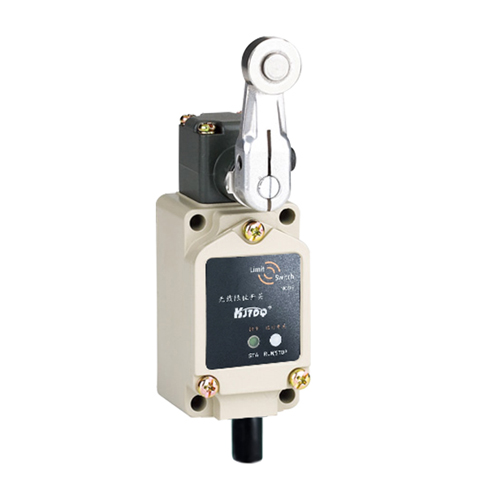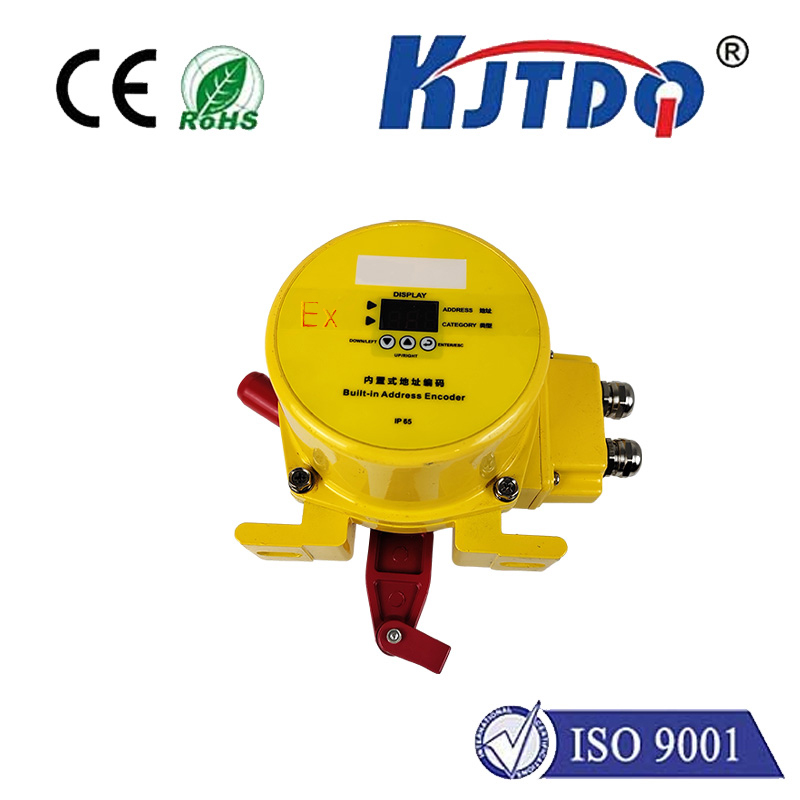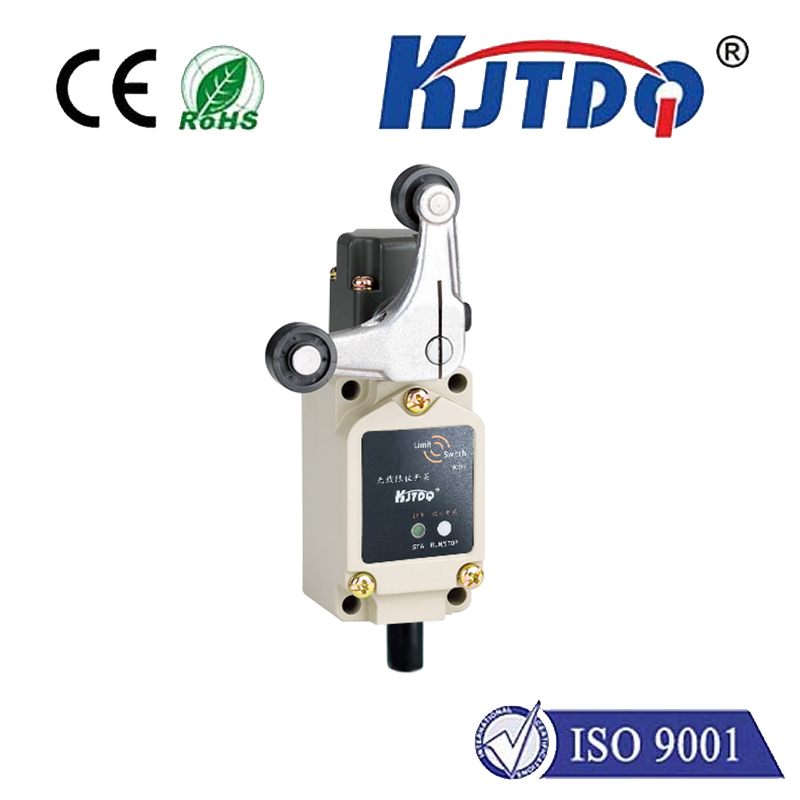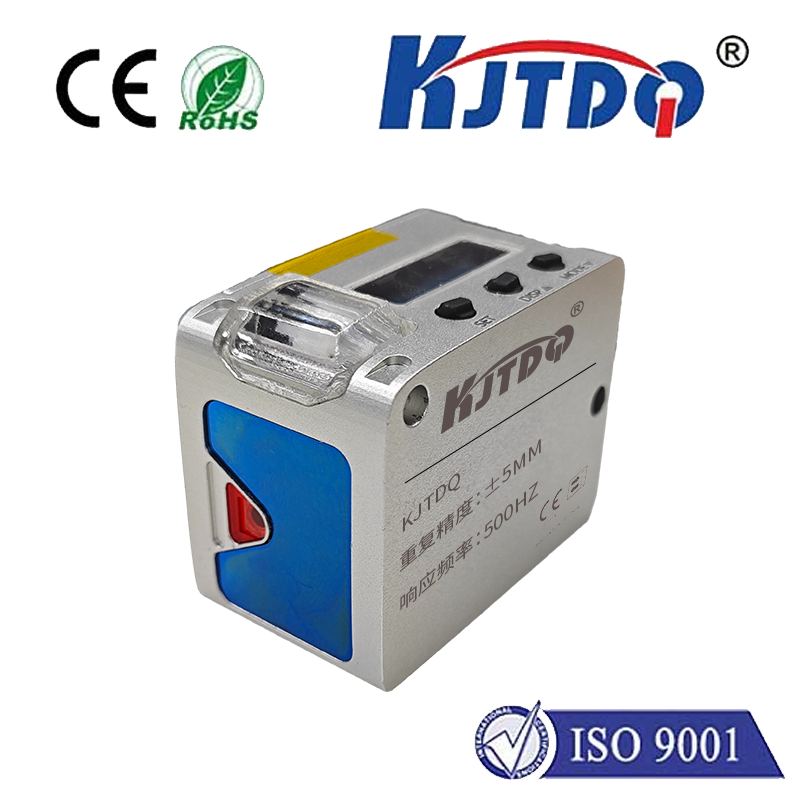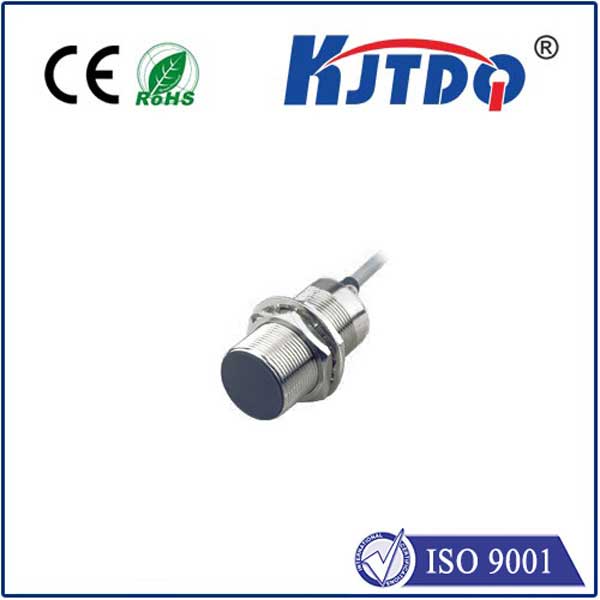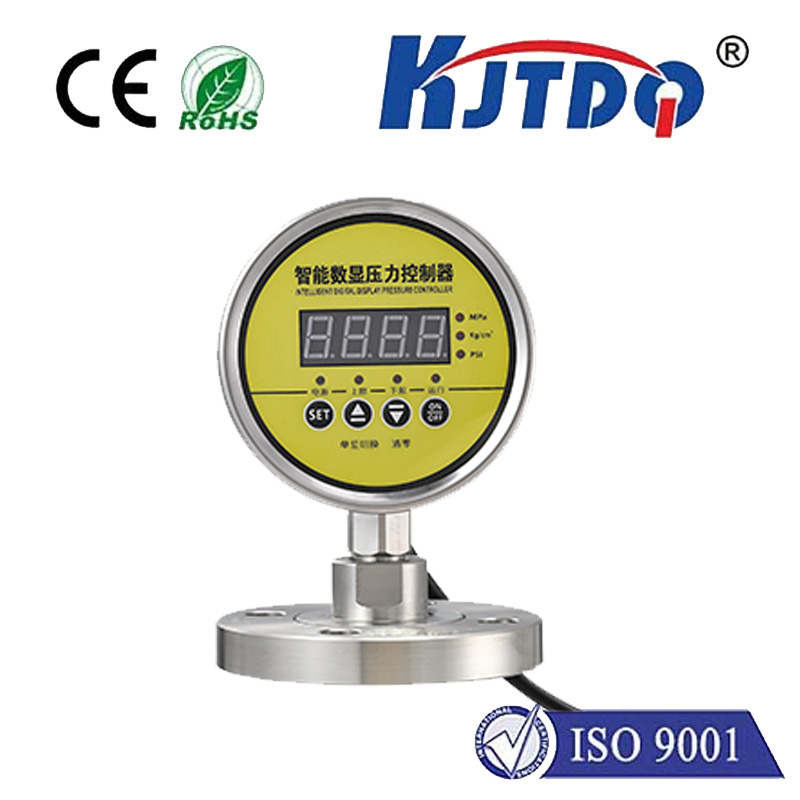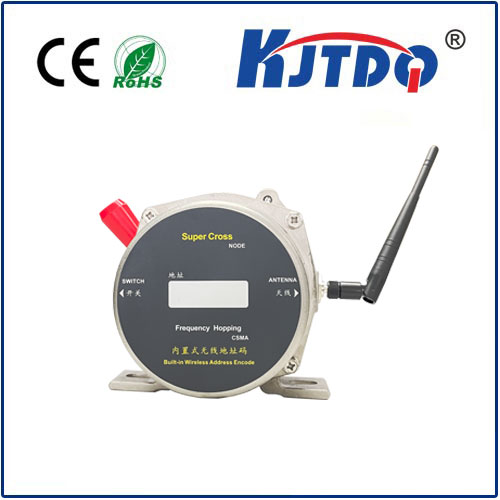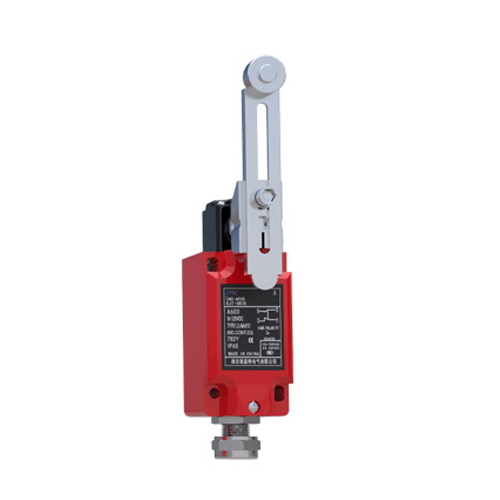limit switch xckmr
- time:2025-09-12 03:42:12
- Click:0
Limit Switch XCKMR: Your Key to Precision Positioning and Machine Safety
In the intricate dance of industrial automation and machinery control, precision and safety are non-negotiable. That unassuming component reliably halting motion, confirming position, or preventing overtravel? Often, it’s a limit switch. And when the designation XCKMR appears, we’re talking about a specific breed of these critical devices designed for demanding environments. This article delves into the world of the limit switch XCKMR, exploring its function, significance, and why understanding its capabilities is essential for optimizing machine performance and safeguarding operations.
Beyond the Button: What a Limit Switch Does
At its core, a limit switch is a fundamental electromechanical sensor. Its purpose is deceptively simple yet vitally important: to detect the presence or absence, or the limit of travel, of a physical object. When an actuator (like a lever, roller, or plunger) on the switch is moved by the target object (a machine part, door, conveyor item, etc.), it triggers an internal mechanism. This mechanism rapidly opens or closes an electrical circuit, sending a clear signal to the control system – typically a Programmable Logic Controller (PLC) or relay.
This signal acts as a digital input, telling the system:
- “I’ve been activated!” (e.g., the cylinder has fully extended, the gate has closed, the elevator car has reached the floor).
- “The limit has been reached!” (e.g., a movable guard is open, preventing unsafe operation; a carriage is about to exceed its safe travel path).
- “An object is present/absent.” (e.g., confirming workpieces are in position on a conveyor, detecting jams).
Decoding the XCKMR: Traits for Toughness and Reliability

While “XCKMR” likely refers to a specific model series from a particular manufacturer (often found in catalogs like Omron, Honeywell, or similar industrial component suppliers), the designation generally implies a robust, industrial-grade limit switch characterized by several key attributes:
- Rugged Construction: XCKMR switches are typically built with heavy-duty metal housings (often zinc die-cast or stainless steel), designed to withstand the harsh realities of factory floors. They resist impacts, vibration, dust, and incidental contact.
- Superior Environmental Protection: A hallmark of these switches is their high Ingress Protection (IP) rating – commonly IP67 or higher. This means they are effectively sealed against dust ingress and capable of withstanding immersion in water at shallow depths for limited periods. They are ideal for washdown environments, outdoor applications, or areas with significant particulate contamination.
- Varied Actuator Styles: The “X” designation often implies modularity or a range of actuator options. XCKMR switches typically come with choices like:
- Standard Lever: For general actuation.
- Adjustable Roller Lever: For precise contact positioning.
- Plunger: For direct linear actuation.
- Cross Roller: For actuation from multiple directions.
- Flexible Rod: For sensing within confined spaces.
- Electrical Versatility: They usually offer options for standard SPDT (Single Pole, Double Throw) or DPDT (Double Pole, Double Throw) switching configurations. This provides flexibility in control circuit design (NO/NC contacts). They handle common industrial control voltages and currents.
- Precise Operation: Designed for repeatable accuracy and long mechanical life (often millions of operations), ensuring consistent signaling over extended periods. The snap-action mechanism provides positive, crisp switching regardless of actuator speed.
- Easy Installation: Standardized mounting options (e.g., threaded bodies, mounting brackets) facilitate quick and secure integration into machinery frames, guards, or moving assemblies. Pre-wired connections or terminal blocks simplify wiring.
Where the XCKMR Shines: Key Applications
The combination of robustness, environmental sealing, and switching reliability makes the limit switch XCKMR a preferred choice in numerous demanding sectors:
- Material Handling & Conveyor Systems: Position verification of carriers, pallets, or diverters; end-of-line detection; confirming bin levels; detecting jams or blockages.
- Packaging Machinery: Ensuring covers and safety guards are securely closed before cycles start; detecting product presence at filling, sealing, or labeling stations; confirming rotary positions.
- Automated Assembly Lines: Precision positioning of robotic arms or slides; detecting fixture clamping; verifying component insertion.
- Machine Tools: Overtravel protection on spindles, slides, or turrets; confirming tool changer positions; door interlock safety for CNC machines. Their toughness handles coolant and metal chips.
- Agriculture & Heavy Equipment: Position sensing on booms, lifts, and buckets; detecting implement attachment; confirming gate or door status on combines or tractors, enduring mud, dust, and vibration.
- Process Control & Valves: Monitoring valve position (open/closed/partially open); detecting actuator end-of-stroke.
- Elevators & Lifts: Critical for floor leveling and overtravel safety switches.
Choosing the Right XCKMR: Considerations
Selecting the optimal limit switch XCKMR model involves carefully evaluating your specific needs:
- Actuator Type: What is the best mechanism for the target object to reliably contact the switch? Consider travel direction and force.
- Environmental Conditions: Assess exposure to dust, moisture, chemicals, temperature extremes, and impact/vibration risk. Confirm the required IP rating.
- Electrical Requirements: Determine the necessary switching configuration (e.g., SPDT, DPDT, NO/NC), voltage, and current capacity for your control circuit.
- Mechanical Specifications: Consider the operating force needed, required travel distance (pretravel/overtravel), and mounting constraints.
- Durability: Evaluate the expected cycle life based on operational frequency.
Best Practices for Reliable Operation
To maximize the lifespan and reliability of your XCKMR limit switches:
- Secure Mounting: Ensure the switch is rigidly mounted to prevent vibration-induced failure or misalignment.
- Precise Actuator Alignment: The target must consistently contact the actuator correctly to avoid binding, slipping, or excessive force.
- Protect Wiring: Use conduit or proper strain relief to prevent damage to cables or terminals, especially in high-vibration areas.
- Regular Inspection: Periodically check for physical damage, actuator freedom of movement, and signs of contamination compromising seals. Listen for unusual noises during operation.
- Functional Checks: Integrate switch status monitoring into your machine diagnostics or preventative maintenance routines.
Conclusion: The Unsung Guardian
The limit switch XCKMR exemplifies how a seemingly simple component is indispensable for the smooth, safe, and efficient operation of modern machinery. Its ruggedness, reliability, and versatility make it a cornerstone of precision positioning, safety interlocking, and process verification across countless industries. By understanding its capabilities and deploying it appropriately, engineers and maintenance professionals unlock a vital tool for enhancing machine uptime, protecting equipment investment, and, most importantly, ensuring the safety of personnel. It’s the silent sentinel, the vigilant checkpoint, enabling automation to perform reliably, cycle after cycle.






